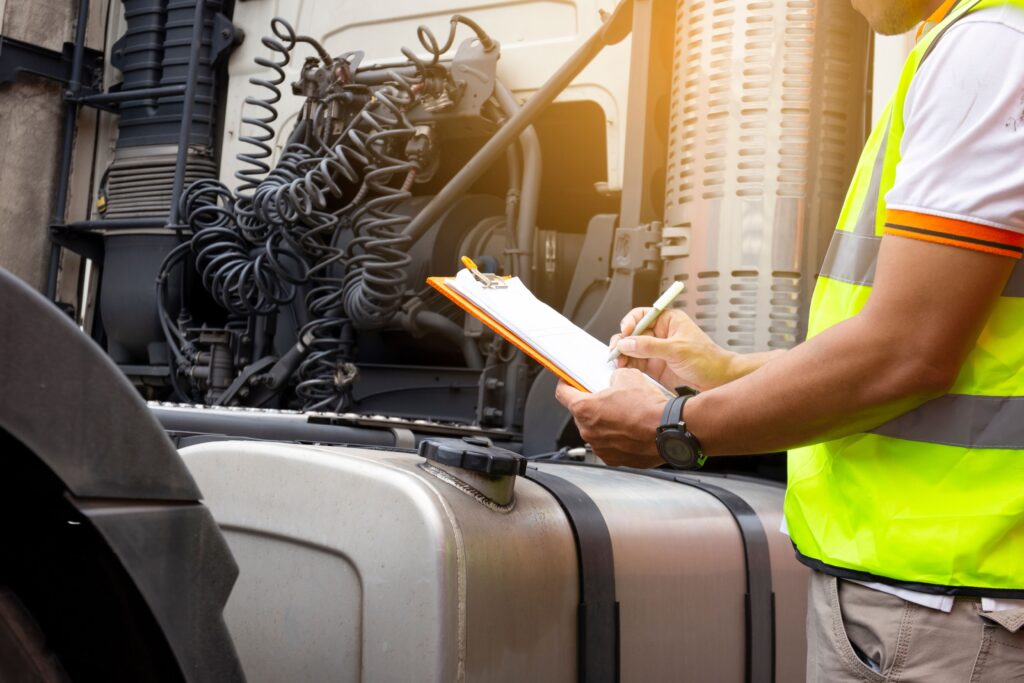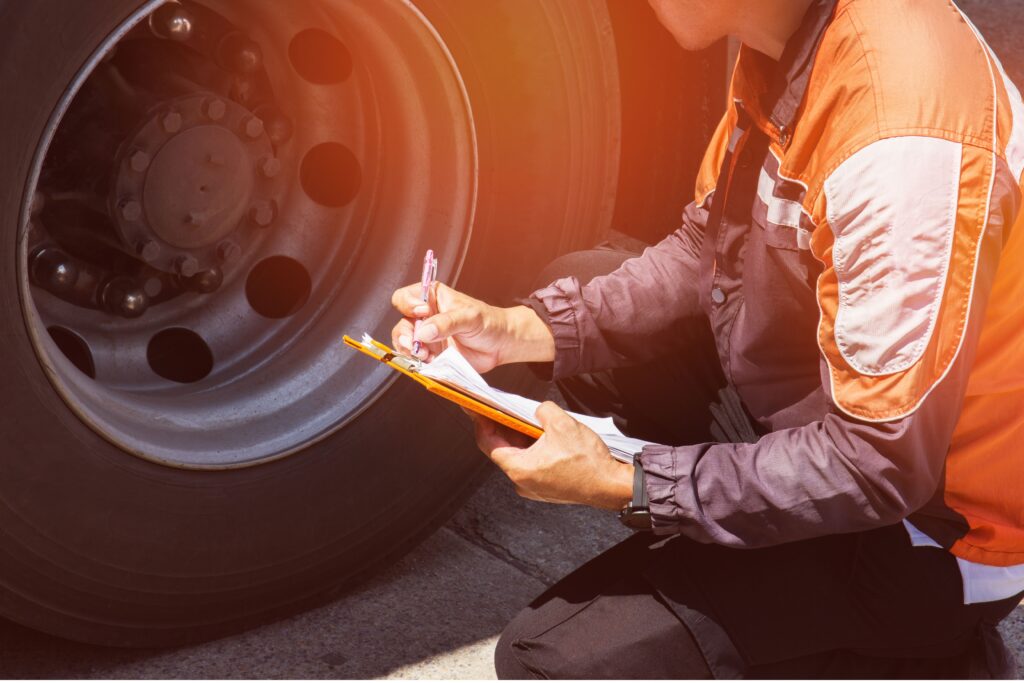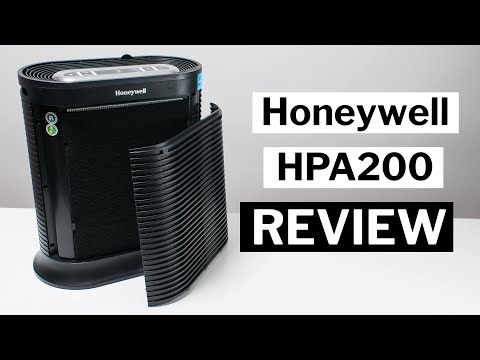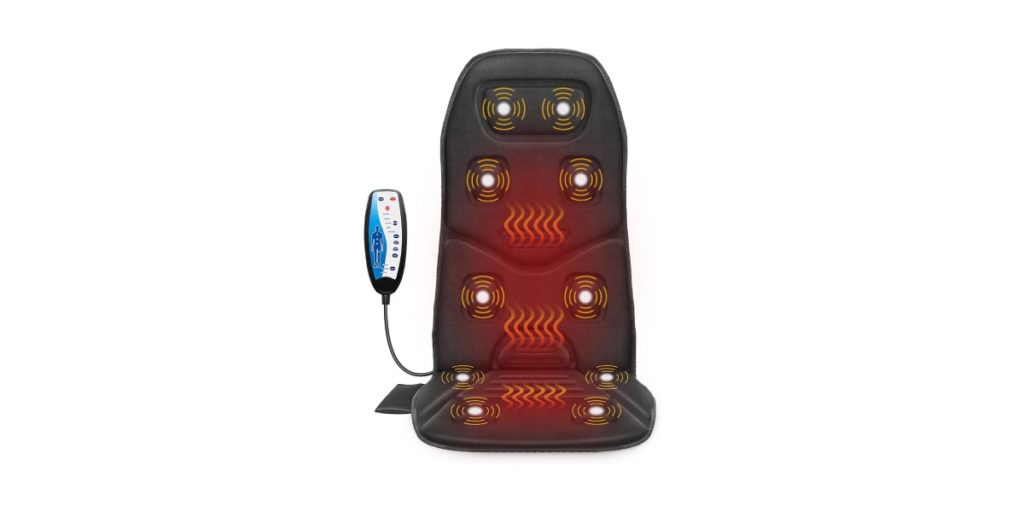When you roll up to a weigh station for a Level 1 DOT inspection, imagine being asked for your driver’s license, medical card, and registration, only to realize your paperwork is incomplete.
The meticulous nature of this examination means every detail must align with regulations. From the functionality of your brakes to the clarity of your reflective tape, each element undergoes scrutiny.
Understanding the intricacies of this top-tier inspection is important for maintaining a seamless operation. Explore the significance of Level 1 DOT inspections to make sure you’re prepared for the rigors of this thorough evaluation.
Key Takeaways
- Level 1 DOT inspections encompass thorough checks of commercial vehicles and drivers.
- Inspection components include brakes, tires, lights, and cargo securement.
- Adequate preparation with necessary documents is vital for a successful inspection.
- Compliance with safety regulations, meticulous inspections, and document organization are imperative.
Overview of Level 1 DOT Inspection
During a Level 1 DOT inspection, certified CMV inspectors conduct a 37-step thorough check of both commercial vehicles and drivers to guarantee safety and compliance. This detailed examination encompasses a wide range of components important for safe operation on the road. Inspectors carefully scrutinize brakes, tires, lights, cargo securement, and even hazardous materials to make sure everything is in proper working order. In addition to the vehicle inspection, they also verify driver credentials, reviewing important documents like driver’s licenses, hours-of-service records, and hazmat shipping papers.
These inspections, typically conducted at weigh stations, are essential for maintaining safety standards and regulatory compliance within the transportation industry. Lasting approximately an hour, Level 1 DOT inspections serve as a key tool in improving CSA BASIC scores by identifying and addressing any potential safety issues promptly. To pass these inspections successfully, drivers must be well-prepared by conducting thorough pre-trip inspections, organizing all required documentation, and adhering to safety regulations diligently.
Significance of Level 1 Inspection

The Level 1 DOT inspection holds significant importance in the transportation industry due to its meticulous examination of both vehicle and driver compliance, impacting various aspects of safety and operational efficiency. When inspectors conduct Level 1 inspections, they focus on checking important safety components such as brakes, tires, lights, cargo securement, and hazardous materials.
To guarantee a smooth inspection process and positive outcomes, thorough preparation is key. This includes conducting pre-trip inspections, maintaining clean vehicles, and ensuring all necessary documentation is in order.
Inspectors: Trained inspectors meticulously examine both the vehicle and the driver to assure compliance with safety regulations.
Safety Components: The inspection covers a wide range of safety components vital for the safe operation of commercial vehicles.
Preparation: Adequate preparation by drivers, including thorough pre-trip inspections and document organization, is crucial for a successful inspection.
Outcomes: The results of Level 1 inspections directly impact various aspects such as carriers’ safety ratings, eligibility for contracts, insurance premiums, and overall safety records.
Components Checked in Level 1 Inspection

In a Level 1 DOT inspection, safety inspectors thoroughly check essential components of both the truck and driver for compliance. The inspection covers key areas such as brakes, tires, lights, cargo securement, and driver’s license.
Brakes are a major focus during the inspection to make sure they’re in good working condition, as they’re important for the safety of the vehicle and everyone on the road. Tire inspection includes checking for proper tread depth, inflation, and overall condition to prevent blowouts or accidents.
Lights are examined to verify that all signals, brake lights, and headlights are functioning correctly for best visibility on the road. Cargo securement is assessed to guarantee that the load is properly restrained, preventing any hazards or spills during transit.
Additionally, the driver’s license is reviewed to confirm that the driver is legally permitted to operate the vehicle and is compliant with licensing requirements. By thoroughly examining these components, Level 1 inspections make sure that commercial vehicles are safe, compliant with regulations, and ready for the road.
It’s important for drivers to maintain these components regularly to pass inspections successfully and promote overall road safety.
Necessary Documents for Level 1 Inspection
To successfully pass a Level 1 DOT inspection, make sure you have your driver’s license, commercial vehicle registration, and hours-of-service logs readily available for inspection. Compliance with hazmat shipping papers and hazardous materials regulations is pivotal for Level 1 inspections. Drivers need to have their Medical Examiners Certificate, Skill Performance Evaluation (SPE) Certificate, and drug/alcohol testing records ready for Level 1 inspections. Inspection officers will verify the vehicle inspection report(s) and cargo securement during a Level 1 DOT inspection.
- Driver’s License: Your valid driver’s license is a fundamental document that must be presented during a Level 1 DOT inspection.
- Commercial Vehicle Registration: Make sure you have the necessary commercial vehicle registration documents on hand for inspection.
- Hours-of-Service Logs: Keep accurate and up-to-date hours-of-service logs to demonstrate compliance with regulations.
- Hazmat Shipping Papers: If transporting hazardous materials, make sure your hazmat shipping papers are in order and easily accessible for inspection.
Having these essential documents readily available and in order will help streamline the Level 1 inspection process and increase your chances of a successful outcome.
Driver Preparation for Level 1 Inspection
Preparing thoroughly for a Level 1 DOT inspection involves ensuring you have all necessary documentation and endorsements in order. As a driver, being well-prepared can make the difference between a successful inspection and potential violations. Here are key elements to focus on when getting ready for a Level 1 inspection:
| Driver Preparation | Key Points |
|---|---|
| Commercial Driver’s License | Make sure your CDL is valid and matches the type of vehicle you are operating. |
| Hours-of-Service Records | Keep accurate and up-to-date records to demonstrate compliance with regulations. |
| Endorsements | Obtain any required endorsements, such as HAZMAT, if transporting hazardous materials. |
| Medical Examiners Certificate | Carry a valid MEC to show you meet the physical requirements for driving. |
These aspects are important for demonstrating your compliance with regulations and ensuring a smooth Level 1 inspection process. By having all the necessary documentation and endorsements in order, you can confidently face the inspection and mitigate any potential issues. Remember, thorough preparation is key to a successful Level 1 DOT inspection.
Importance of Documentation in Level 1 Inspection
Proper documentation plays a critical role in ensuring compliance and safety standards are met during a Level 1 DOT inspection. Without the necessary paperwork, you risk delays, fines, or even being placed out of service.
To navigate this inspection successfully, pay close attention to the importance of each document:
- Driver’s License: Your driver’s license is a fundamental piece of identification that must be valid and match all other documentation you present.
- Hours-of-Service Logs: Accurate and up-to-date logs are essential to prove compliance with regulations governing driving hours and rest periods.
- Hazmat Shipping Papers: If you transport hazardous materials, these papers are crucial for detailing the contents, quantities, and handling procedures.
- Compliance with Safety Regulations: Ensuring all documents are in order demonstrates your commitment to following safety regulations, which is paramount for passing a Level 1 inspection.
Level 1 Inspection Checklist
The Level 1 DOT inspection checklist meticulously evaluates 37 essential steps to make a thorough examination of both the truck and driver. This comprehensive checklist covers important aspects such as driver credentials, vehicle components, and cargo security. Here is a breakdown of the Level 1 DOT inspection checklist in a table format to provide a clear overview:
| Category | Description | Importance |
|---|---|---|
| Driver Credentials | Checking licenses and certifications | Ensures legal compliance |
| Vehicle Components | Examining brakes, tires, lights, etc. | Ensures vehicle safety |
| Cargo Security | Inspecting load securement | Prevents accidents |
Each of these categories plays a significant role in ensuring the safety and compliance of both the driver and the vehicle. The checklist not only focuses on the physical components of the truck but also delves into the documentation aspect, ensuring that all necessary paperwork is in order. By meticulously following the Level 1 inspection checklist, drivers can demonstrate their commitment to safety and adherence to regulations, ultimately promoting overall road safety for everyone.
Tips for Passing Level 1 Inspection
To successfully navigate a Level 1 DOT inspection, you must prioritize meticulous document organization and vehicle maintenance. Here are some essential tips to help you pass this rigorous inspection:
- Make sure all required documents are up-to-date: Make sure your driver’s license, logs, certifications, and any other necessary paperwork are current and easily accessible for the inspector.
- Conduct regular vehicle maintenance: Address any mechanical issues promptly to ensure your truck is in top condition before the inspection, reducing the likelihood of receiving violations.
- Train drivers on safety protocols: Proper driver training is important. Make sure your team understands and follows safety procedures, including cargo securement and hours-of-service regulations.
- Keep your truck clean and organized: A well-maintained and orderly truck not only reflects positively on you but also makes it easier for inspectors to conduct their examination efficiently.
What to Expect During Level 1 Inspection
During a Level 1 DOT inspection, drivers and their vehicles undergo a rigorous 37-step examination to guarantee compliance with safety regulations. This detailed inspection covers various aspects related to the driver, vehicle, cargo, alcohol consumption, and documentation. Here’s what you can expect during a Level 1 inspection:
| Category | Inspection Focus | Examples |
|---|---|---|
| Driver | Check driver’s license and endorsements | Commercial License, Certifications |
| Vehicle | Inspect vehicle components for safety | Brakes, Lights, Tires |
| Cargo | Verify securement and proper handling of cargo | Weight Distribution, Secure Straps |
| Alcohol | Conduct tests to detect alcohol consumption | Breathalyzer, Sobriety Tests |
Inspectors will meticulously review your driver documentation, such as your commercial license, logs, and certifications. They will also conduct checks for alcohol and drug consumption to guarantee safety on the road. It is imperative to present all necessary paperwork and documentation promptly to facilitate a smooth inspection process. By being well-prepared and having all required documents in order, you can navigate through the Level 1 DOT inspection with ease and demonstrate your commitment to safety and regulatory compliance.
Post-Inspection Procedures for Level 1 Inspection
After completing a Level 1 DOT inspection and addressing any violations promptly, drivers are required to maintain records of the inspection results and corrective actions taken to guarantee compliance and a positive safety rating. It’s important to follow post-inspection procedures diligently to make ongoing compliance and a positive safety rating on the road.
Here are some essential steps to take after completing a Level 1 inspection:
- Address Violations Promptly: Any violations found during the inspection, especially out-of-service violations, must be corrected immediately to avoid penalties and maintain compliance.
- Document Corrective Actions: Keep detailed records of the inspection results and the steps taken to rectify any issues identified during the Level 1 inspection.
- Ensure Compliance: By promptly addressing and resolving violations, drivers can demonstrate their commitment to safety and regulatory compliance.
- Maintain a Positive Safety Rating: Thoroughly documenting post-inspection procedures and corrective actions can help maintain a positive safety rating and reputation within the industry.
Frequently Asked Questions
How Does a Level 2 Inspection Differ From a Level 1 Inspection?
In a Level 2 inspection, the focus shifts to examining the driver and the exterior of the vehicle. Unlike Level 1, Level 2 doesn’t involve checking the undercarriage. This inspection guarantees compliance and safety standards for both driver and vehicle exterior.
It takes less time than a Level 1 due to skipping under-vehicle checks. Level 2 inspections are crucial for evaluating the overall condition of the driver and the commercial vehicle’s exterior during roadside inspections.
What Is the Highest DOT Inspection?
When it comes to DOT inspections, the highest level you’ll face is a Level 1 inspection. This thorough examination covers 37 critical steps involving your vehicle, cargo, and all your paperwork.
Certified inspectors leave no stone unturned, ensuring your compliance with safety regulations to keep you and others safe on the road. Passing this inspection shows your commitment to safety and can boost your carrier’s record.
What Is a Level 1 Inspection in Texas?
When facing a Level 1 inspection in Texas, you’ll undergo a thorough 37-step examination of your commercial vehicle and documentation. This all-inclusive inspection covers all aspects of your vehicle, driver records, and cargo, ensuring compliance with safety regulations.
Certified inspectors conduct these inspections to maintain road safety and prevent accidents. Passing this inspection showcases your dedication to safety and regulatory adherence, highlighting your commitment to safe and compliant operations on the road.
What Is a Texas DOT Level 3 Inspection?
In a Texas DOT Level 3 inspection, the focus is on driver documentation and administrative requirements. This examination centers on checking driver’s licenses, certificates, logbooks, and other credentials.
Unlike Level 1 or 2 inspections, Level 3 doesn’t include mechanical equipment violations. It falls under the administrative category, emphasizing compliance with administrative regulations and carrier identification/status.
Ensuring all necessary documentation is in order is essential for a successful Texas DOT Level 3 inspection.
Conclusion
To sum up, when facing a Level 1 DOT inspection, remember that preparation is key to success. By ensuring your vehicle is in top condition, all necessary documents are in order, and you’re fully compliant with regulations, you can navigate this thorough evaluation with confidence.
Stay vigilant, stay focused, and show your commitment to safety and professionalism. Remember, in the world of trucking, passing a Level 1 inspection is like crossing the finish line of a challenging race – a moment of triumph and accomplishment.
Always be prepared! Check out our post on Hidden Roadside Inspections now!










